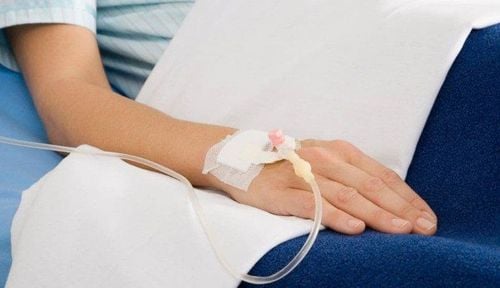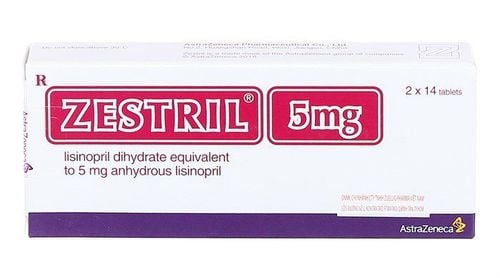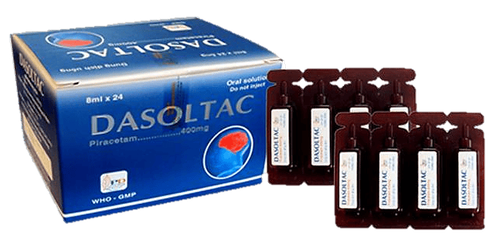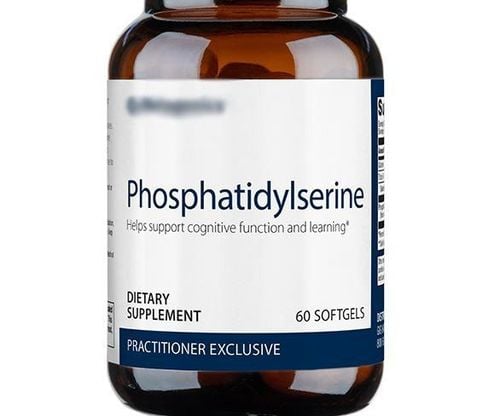This is an automatically translated article.
The article was written by Emergency Medicine Doctor - Emergency Resuscitation Department - Vinmec Phu Quoc International General Hospital.Acute or chronic pain is one of the most common complaints of the elderly. Evaluation and treatment of pain syndrome in the elderly can be difficult. Cognitive impairment, particularly in home-care patients, may cast doubt on the reliability of pain complaints. Pain syndromes such as acute myocardial infarction and intra-abdominal emergencies are often atypical, even absent, in the elderly.
1. World Health Organization pain relief scale
As a matter of fact, elderly patients are at risk of either over- or under-treatment of pain syndromes. Other consequences of inadequate pain management include depression, malnutrition, multiple drug use, cognitive dysfunction, and loss of function. Acute pain is defined by its very pronounced onset and duration of pain of less than 6 weeks, with chronic pain being more prolonged.
Drug therapy is the cornerstone of the treatment of acute and chronic pain from cancer. The World Health Organization's Pain Scale establishes drug treatment into three steps:
(1) Non-OPIs; (2) low-dose OPIs; (3) higher dose opioids;

Bệnh nhân cao tuổi sử dụng thuốc để điều trị đau cấp và đau mạn tính do ung thư
Treatment is initiated with non-OPIs, and additional opioids are added as needed. It is important to keep in mind that when using combinations of OPIs and acetaminophen (eg, acetaminophen plus codeine (Tylenol), oxycodone plus acetaminophen (Percocet)) patients should not take more than 4000mg of acetaminophen a day. adjuvants, such as tricyclic antidepressants, caffeine, or antispasmodics can be added at any step
1.1 Acute pain In the elderly with acute pain, physicians must identifying the cause of pain and making the patient comfortable at the same time Rest, ice, compression, and elevation are the mainstays of the treatment of acute injuries
However, in the elderly patient Rest periods should not exceed 48 to 72 hours, and early mobilization should be encouraged. Physicians should initiate the safest analgesics, such as acetaminophen, and, if necessary, administer additional medications. stronger alternative analgesia
In pharmacological treatment, special considerations must apply to the elderly. The elderly are more sensitive to the analgesic properties of opioids and their side effects, such as sedation and respiratory depression.

Cần cân nhắc khi sử dụng thuốc giảm đau cho người cao tuổi
In addition, constipation and central nervous system effects (eg, delirium and depression) are common in elderly patients treated with hypnotics. Use with caution in non-steroidal anti-inflammatory drugs because they affect the gastrointestinal system, kidneys and liver, especially in weak people. Some doctors believe that older people have a higher pain threshold, but there is no experimental evidence to support this belief.
1.2 Chronic pain from cancer As in the case of patients with acute pain, the World Health Organization pain scale is also followed for patients with chronic pain, treatment begins with non-opioid drugs such as acetaminophen and non-steroidal anti-inflammatory drugs, adding OPIs as needed.
Non-steroidal anti-inflammatory drugs may be particularly effective in cancer patients with bone metastases. Tricyclic antidepressants and anticonvulsants, carbamazepine, and valproic acid are often effective in patients with neuropathic pain, but side effects (orthostatic hypotension, constipation, dryness) oral) may limit the use of tricyclics.
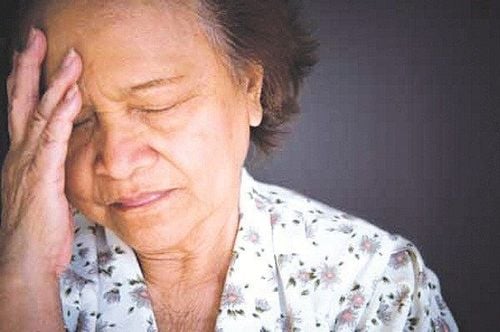
Thuốc ba vòng có thể khiến người bệnh bị hạ huyết áp tư thế đứng
There are a few guidelines that help doctors create maximum pain relief from cancer. The response of elderly patients to analgesics is highly variable. Dosage titration must be carried out carefully, with frequent monitoring to ensure that the drug is effective. Patients with most pain during the day must be taken regularly, not as needed. Side effects must be treated aggressively.
For example, pain-relieving OPIs can be very uncomfortable, but a stimulant such as caffeine or dextroamphetamine can be used to treat this side effect. Morphine has a long duration of action and fentanyl patches are effective for patients with severe cancer pain, but care must be taken when calculating balanced analgesic doses.
Other patients may require patient-controlled analgesia (PCA), continuous epidural morphine, or local radiation therapy.
Finally, non-pharmacological adjuvant therapies including exercise, transcutaneous nerve stimulation, acupuncture, chiropractic procedures, or prayer-meditation can help with pain management.
Customers can directly go to Vinmec Health system nationwide to visit or contact the hotline here for support.




